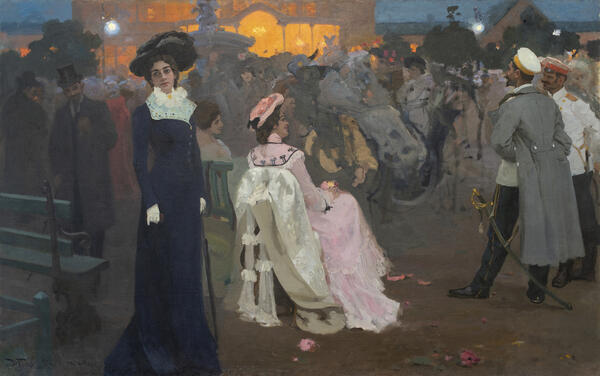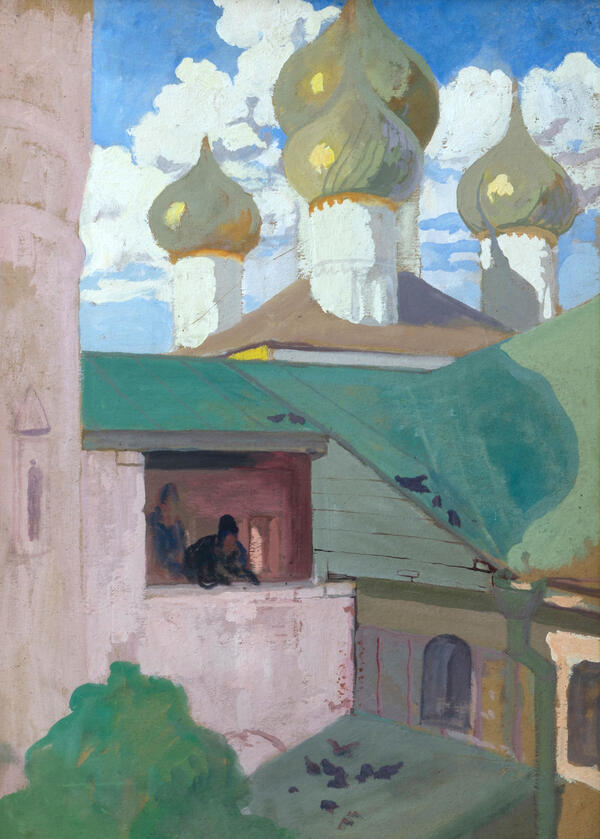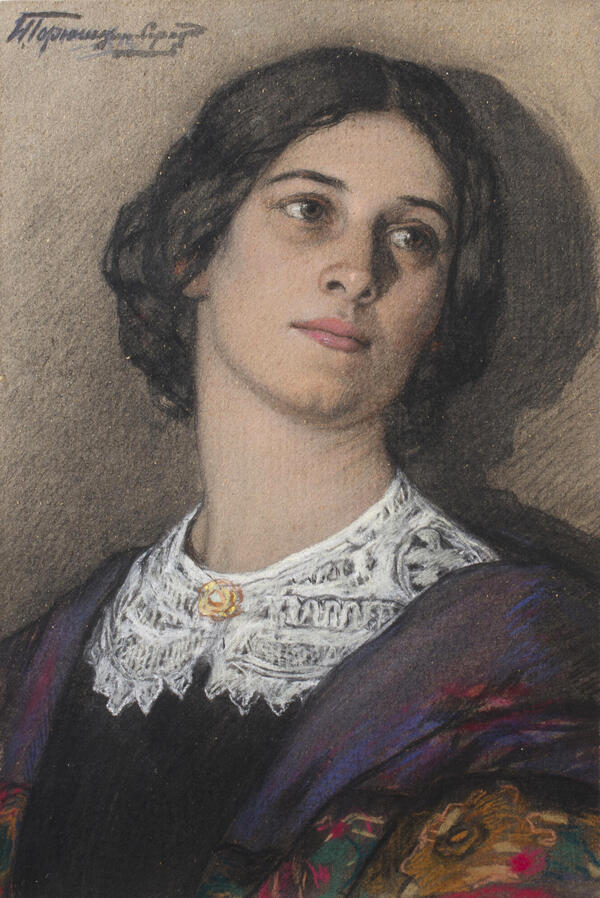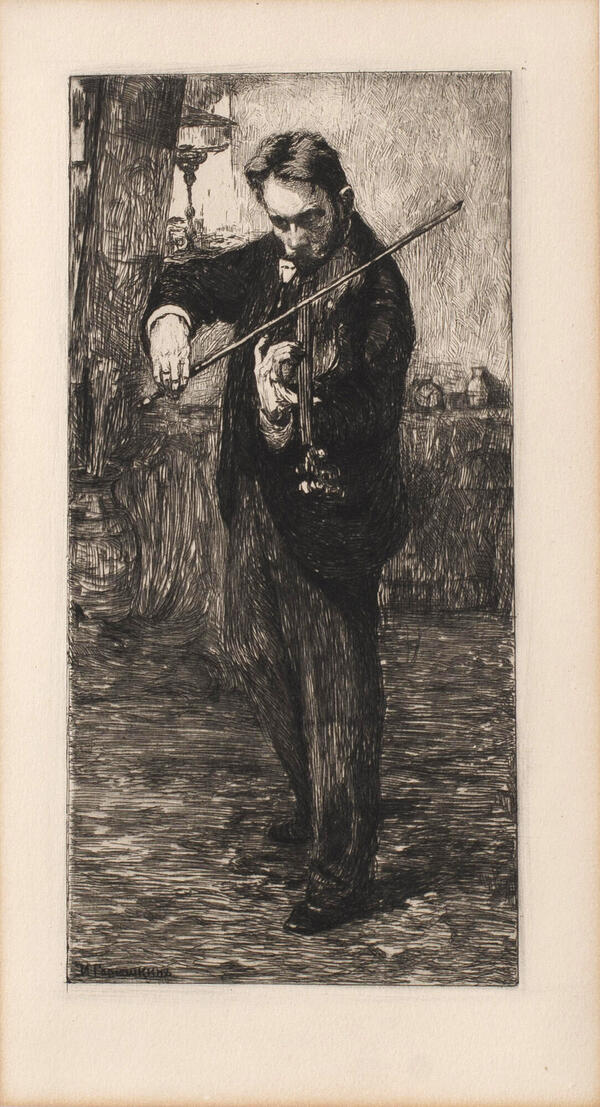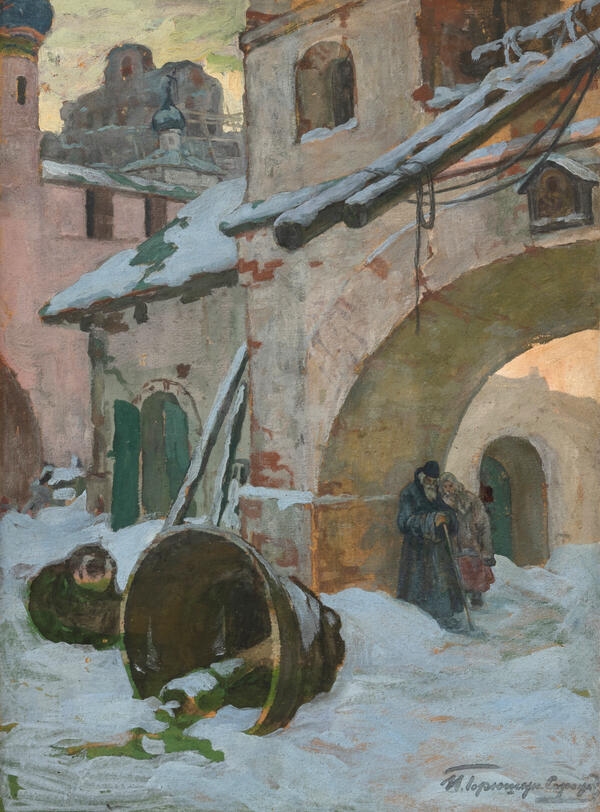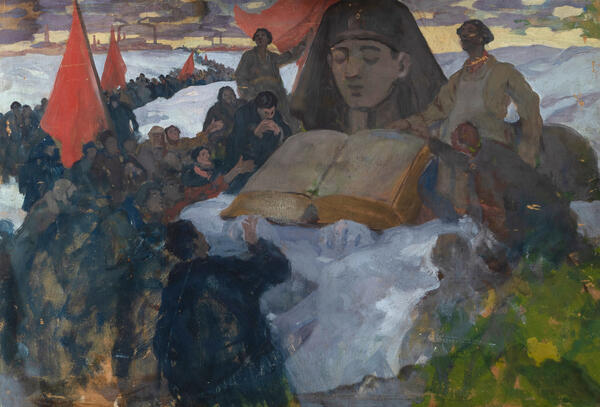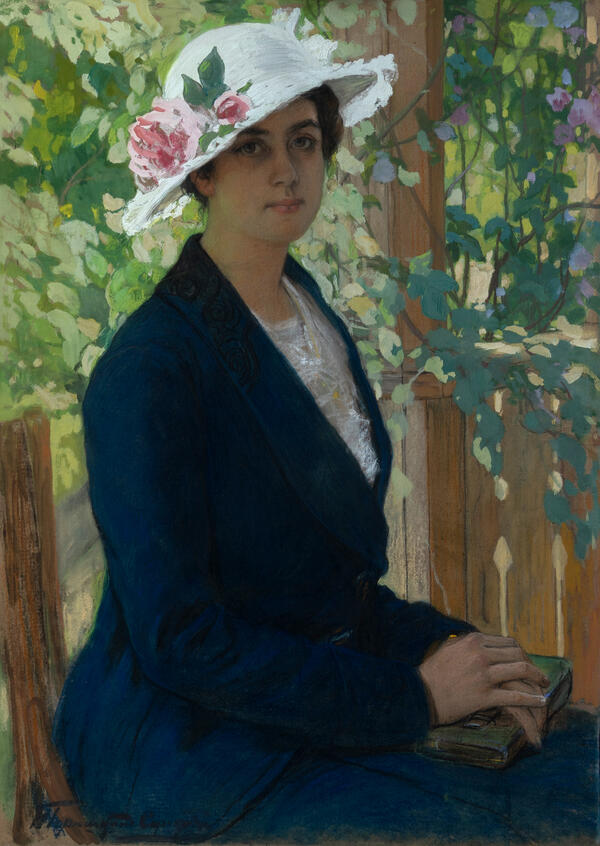Self-portraits by the Russian and Soviet artist Ivan Silych Goryushkin-Sorokopudov are invaluable to researchers studying his artistic development. These works seamlessly blend the traditions of the realistic school with the artist’s own innovative approaches. Ivan Goryushkin-Sorokopudov created numerous self-portraits, engaging in a profound and introspective dialogue with himself as he continuously studied his own likeness.
Ivan Goryushkin-Sorokopudov often welcomed guests in Ivanovka, including friends and former students. Despite this social engagement, he valued his solitude and frequently found himself in a melancholic and detached state of mind. This introspective quality is palpable in many of his self-portraits. The artist meticulously worked on the faces of his subjects, including his own, often portraying himself as a serious and stern person.
Goryushkin-Sorokopudov was remembered by his students as severe and sometimes gloomy. He had a penchant for extravagant clothing, often wearing a ring adorned with a skull. Despite this serious demeanor, he was distinguished by his incredible kindness, sense of humor, and cordiality.
In his self-portrait from the 1910s, Ivan Goryushkin-Sorokopudov presents himself as a man of great inner strength, gazing at the viewer with a tenacious and inquisitive expression. Two decades later, at the age of sixty, he painted another portrait in the same garden, set against the backdrop of a house in Ivanovka near Penza. In this later work, a different persona emerges before the viewer.
The inexorable passage of time left its mark on the artist’s face. His high forehead became etched with deep wrinkles, and his beard and mustache turned white, yet his gaze behind the glasses softened and gained wisdom. His strong hand still confidently held the brush. This detail was intentionally included in the composition, as for Ivan Goryushkin-Sorokopudov, creating art was synonymous with living. Even during the most challenging years of deprivation and persecution, the artist continued to work and remained devoted to his craft.
In this head-and-shoulder self-portrait, there is
no overt emphasis on the artist’s external theatrics, as seen in some of his
earlier self-portraits. Instead, in this late work, the master appears
restrained yet confident in his demeanor.


